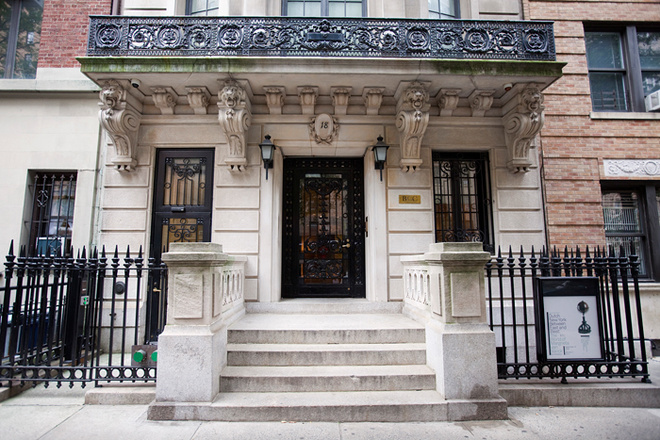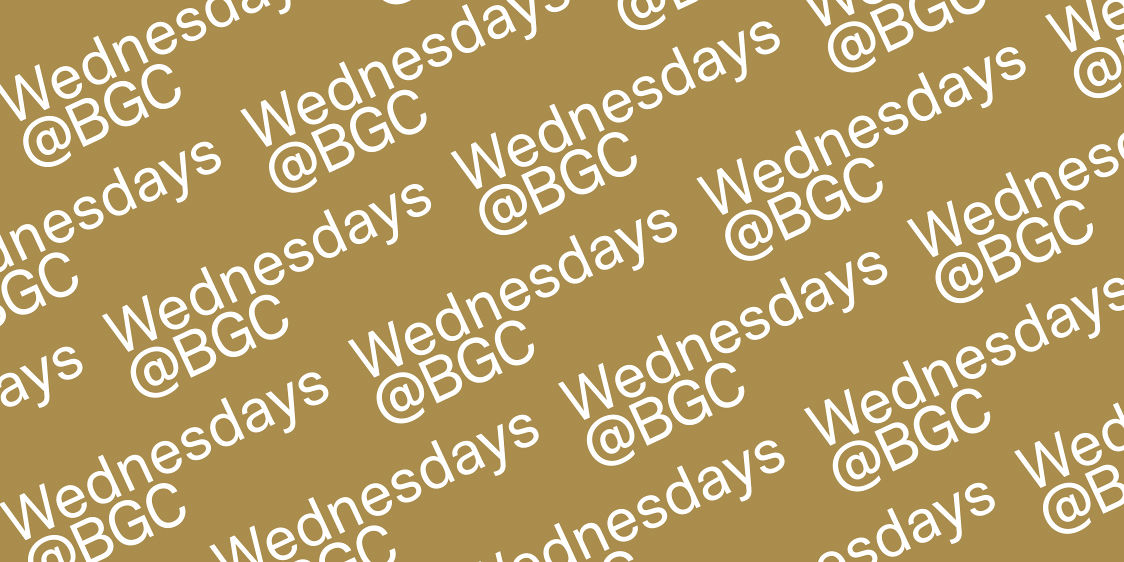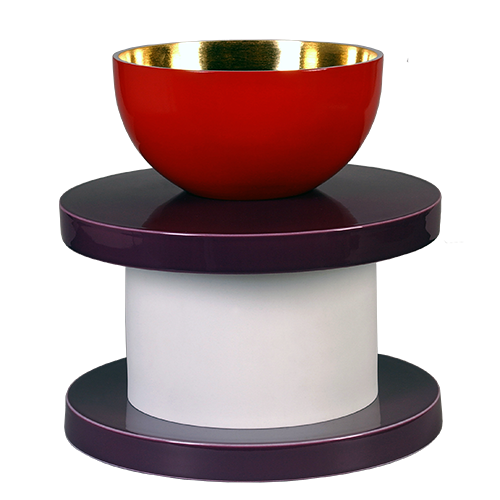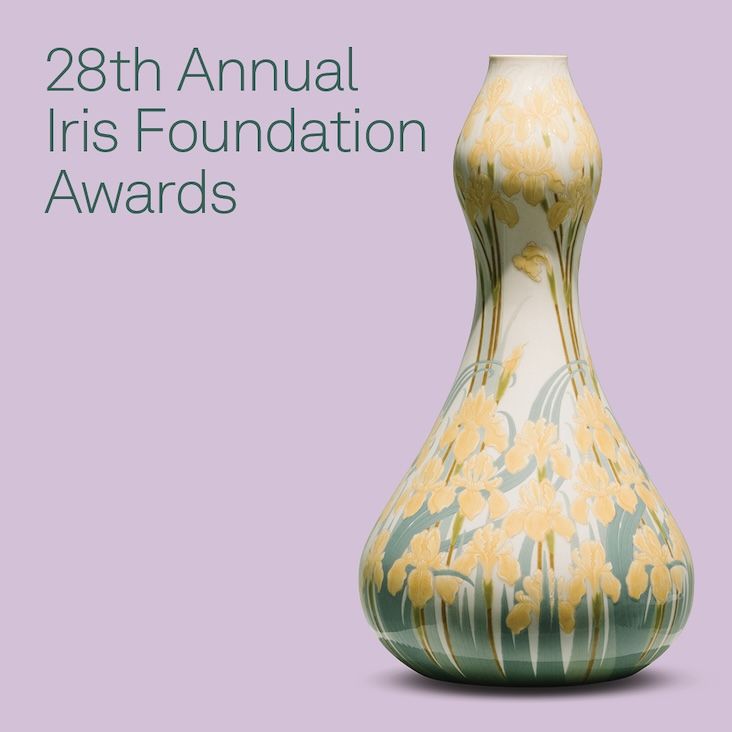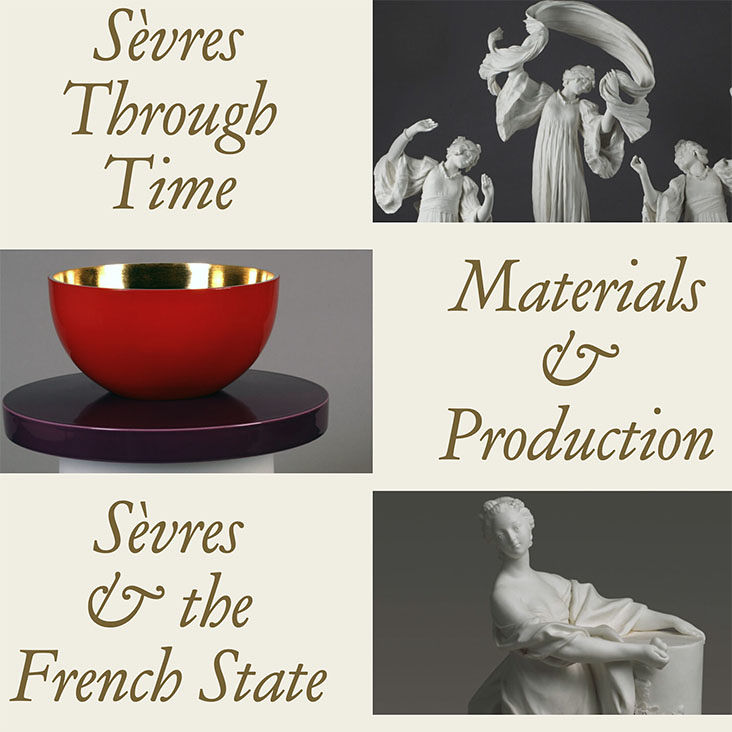Jen Larson (MA 2003), after nearly three decade in New York City, is a recent transplant to Nashville, Tennessee, where she is the archivist for the Grand Ole Opry, the longest running live country music program in the United States. Her professional experience includes working as a special collections cataloger and archivist for several major New York City institutions including the Metropolitan Museum of Art, Parsons the New School, Center for Book Arts, and the New York Transit Museum. Jen is also a professional bluegrass musician who has performed throughout the United States and abroad and has provided workshops and seminars on the history of bluegrass music and vocal lead and harmony singing. She holds a BFA from Cooper Union and a MSLIS from Pratt Institute.
What attracted you to Bard Graduate Center’s program?
Following my graduation from Cooper Union, I had worked in New York City as an antique furniture restorer and thought that I wanted to go back to school for conservation science. While I was taking coursework to get my math and chemistry skills up to speed, I discovered Bard Graduate Center’s lecture series and immediately realized that I was much more intrigued by the cultural history side of decorative arts and design. I loved the fact that BGC was mere paces away from Museum Mile, and that class sizes tended to be small. After spending nearly a decade working full time in restoration studios, it was such a privilege to walk into the main building and attend lectures and seminars delivered by internationally respected scholars who were so clearly inspired by and engaged in their respective areas of study.
What was your focus of study here; how did you find yourself involved with it?
Unlike many of my classmates, there was a close to ten-year span since I had received my undergraduate degree—so I think that my life experience gave me a level of focus and appreciation that made my time here very productive. Within my first year I realized that I was most engaged with seventeenth- through twentieth-century Continental and American design—in particular the history of design technology and production during various phases of the Industrial Revolution and colonialism, and how that impacted popular and vernacular cultures. I took some amazing courses about the history of the impact of the Protestant Reformation on European and British design, the rise and development of museums, world’s fairs and expositions, and the history of American popular culture and furniture design.
You’ve recently been named the Grand Ole Opry’s first full-time archivist. That’s so exciting! Describe the position—and how you came to it. What kinds of projects will you be working on?
Yes! As the archivist at the Grand Ole Opry, although my
position does call on my more orthodox training to process paper-based document
collections (contracts, scripts, manuscripts, press material), I actually wear
a few different hats. I’m also the collections manager for all of their
historic stage wear (hats, boots, suits, dresses), props, signage, musical
instruments, photographs of performers onstage and off, and other ephemera
relating to the Grand Ole Opry radio, television and live stage programs, (1925
to the present); and the television programs, the Johnny Cash Show and Hee
Haw. There’s also a curatorial element to my position—I select artifacts
and make recommendations for on-site exhibition displays at both the Opry House
and also at the historic Ryman Auditorium in the heart of downtown Nashville.
The Ryman is an amazing performance venue, and it was the home of the Grand Ole
Opry from 1943 through 1974. Other big projects that I’m currently working on
include co-curating a comprehensive display at the Ryman for the upcoming
celebration of its 125th anniversary. I’m also in the midst of helping to
re-design a comprehensive storage space for the entire collection. Around all
of that, I regularly field photo licensing requests and other research questions
from both staff and outside researchers.
My path to this position is both
circuitous and inevitable. Parallel to my academic life at Bard Graduate
Center, I had been working throughout the Tri-State area as a professional
bluegrass vocalist and musician (in 2005, I was invited to be musical guest on
Garrison Keillor’s radio program, A Prairie Home Companion).
Needless to say, I’ve had a long-standing love and appreciation for bluegrass
music and also for vintage country music. My first attempt at bringing those
worlds together was when I wrote my BGC thesis, “Hillbilly Couture: the
Rhinestone Cowboy Aesthetic of Nudie Cohn“ about the Russian-born tailor who
emigrated to New York City and ultimately moved to California to become one of
the leading western-wear tailors. Many of his clients were the Opry’s biggest
stars (Patsy Cline, Porter Wagoner, Jimmy Dickens, Webb Pierce, Hank Snow, to
name just a few). Following my graduation from BGC in 2003, out of necessity I
took the work that I could either initiate or find. This led me to offering
continuing education courses at NYU on the history of furniture design and
finishing; I taught a survey course in design history at the Fashion Institute
of Technology; and I spent several years working as a grant-funded collections
cataloger on a huge range of items—everything from 9/11 terrorist attacks’
artifacts held at the New-York Historical Society, engineering drawings at the
New York Transit Museum, historic design materials at the Kellen Design
Archives at Parsons the New School, to artists’ books at the Center for Book
Arts.
All of this work led me to pursue a
master’s degree in library and information science with a specialization in
archives through Pratt, and that in complement with my Bard Graduate Center
degree landed me an incredible position in 2012 at the Metropolitan Museum of
Art in the Department of the Arts of Africa, Oceania, and the Americas. There I
was responsible for the cataloging and preservation of a large and complicated
collection of ethnographic, expedition, and object photography that spanned all
areas of the department. That was a remarkable experience, but I always thought
that it was interesting that I had never really worked with materials that I
had actually studied or had a particular expertise in. On the plus side, having
that breadth of experience gave me an ability and confidence to tackle just
about any kind of collections cataloging conundrum— there’s value in not being
a specialist particularly in collections of mixed materials that include
photographs, objects, and ephemera. However, when I saw that the archivist
opportunity had been created at the Opry, I couldn’t possibly turn my back on
the chance to work with collections that I actually have a first-hand
understanding of. Also, I was aware that in 2010 their collections had been
devastated when the Cumberland River flooded Opryland (home of the Opry House
just outside of downtown Nashville). I realized when I interviewed for the
position that they’re still recovering from that disaster. I was compelled by
the fact that they really needed someone with my experience, enthusiasm, and
also my willingness to take on some of the more difficult logistical issues
regarding building a comprehensive and sustainable collections management
program.
What ultimately is your professional goal?
I never thought that I’d leave New York City or the
Metropolitan Museum of Art—but then the Opry came along, and I can truly say
that it’s a quantum leap forward for me both professionally and personally. I
couldn’t be happier. My goals include building a strong collections management
program, processing our flagship archival collections, and also working with my
colleagues here to present more of our incredible holdings online and in exhibitions.
It’s truly satisfying to know that I bring to bear all of my academic and
professional experiences to address the range of short and long-term issues
facing our collections.
My time at Bard Graduate Center is
a part of all of this in the sense that it allowed me to develop both an
intellectual rigor in terms of the more theoretical and historical aspects of
studying material culture, and an ability to read objects closely in terms of
formal and technical attributes. At the time, I had somewhat forged a niche
path for myself in researching a postwar, western wear costume designer, but my
thesis adviser and other scholars on staff were very supportive and open to my
pursuit. I’m so grateful for that, and as it turned out, the thesis that I
wrote over a decade ago was perhaps what most set me apart from others who
applied for the position that I now have.
